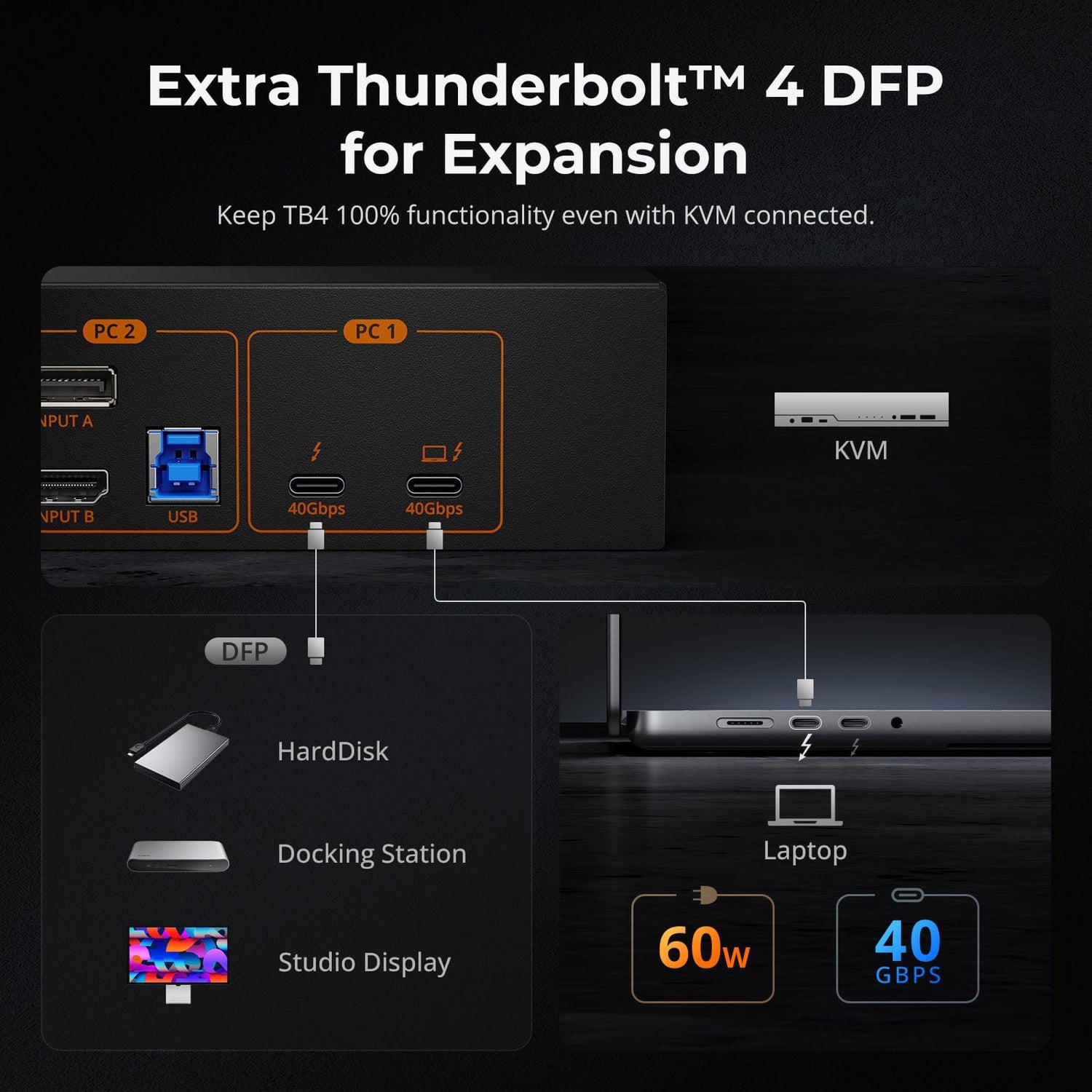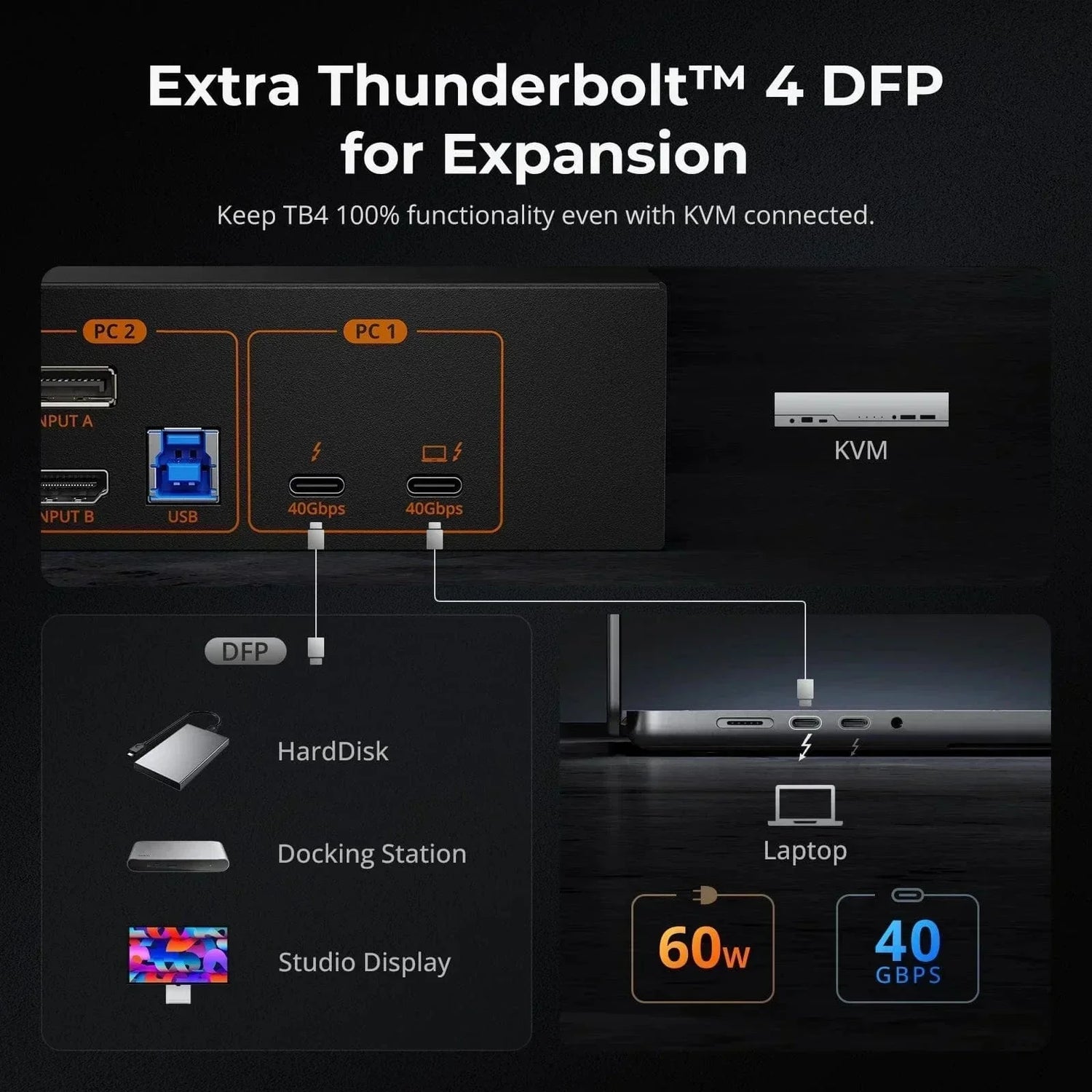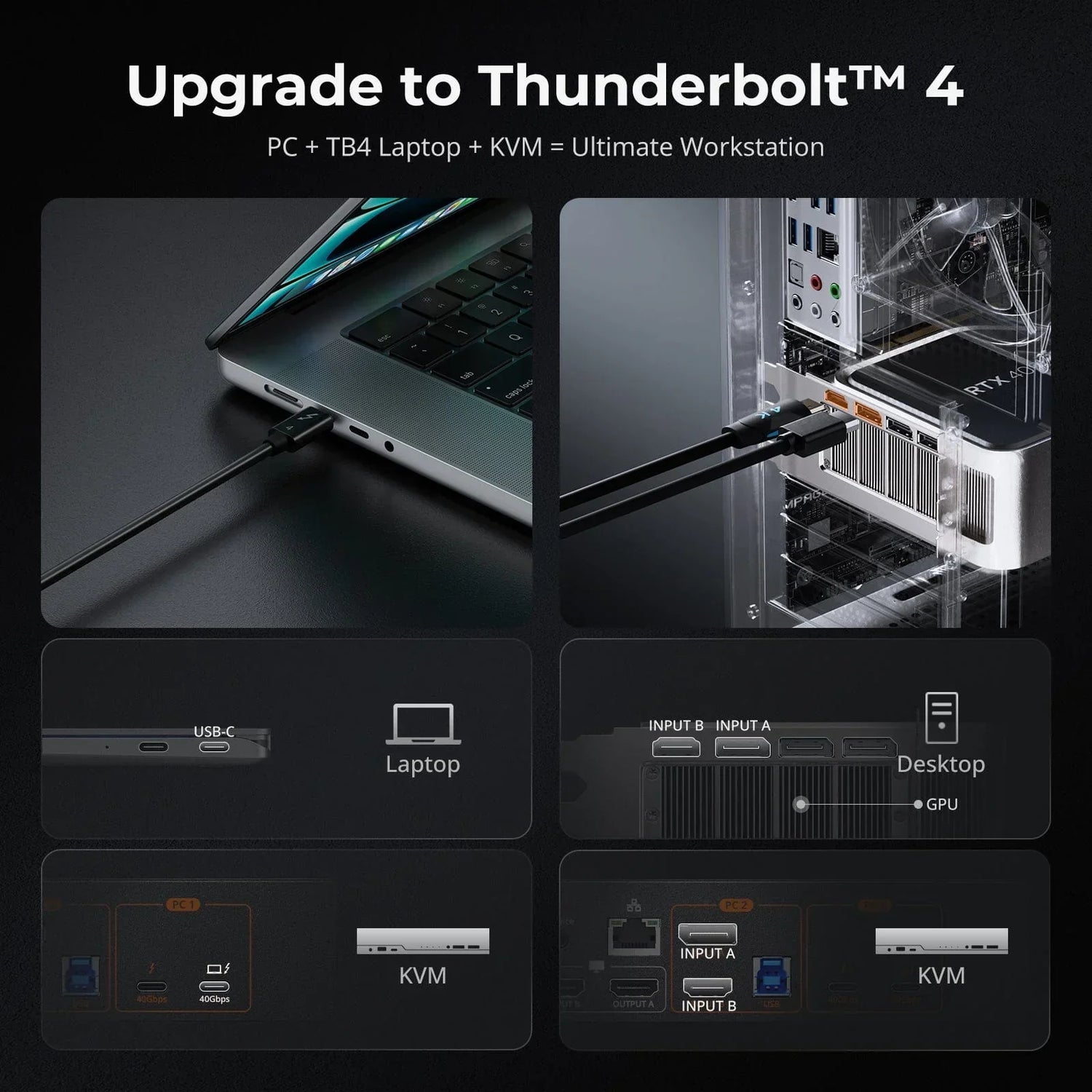In the ever-evolving world of digital content creation, video capture cards stand as silent heroes behind the scenes. These unassuming hardware devices play a crucial role in transforming our visual and auditory experiences into digital data. But what exactly is a video capture card, and why is it essential in today's content-driven landscape?
At its core, a video capture card is a specialized piece of hardware designed to capture video and audio signals from external sources, such as cameras, gaming consoles, or even VCRs, and convert them into a digital format. This digitization process allows for the seamless editing, storage, and streaming of content, making it an indispensable tool for creators, gamers, and streamers alike.
Video capture cards come in various forms, from internal PCIe cards that integrate into your computer's motherboard to external USB devices that provide flexibility and mobility. They serve as a bridge between the physical world of audiovisual content and the digital realm of your computer, enabling you to harness the full potential of your source material.
Why Do I Need a Video Capture Card?
The question of necessity often arises when considering investing in a video capture card. After all, why go through the trouble of acquiring and setting up this hardware when modern computers and consoles are already equipped with built-in streaming capabilities?
The answer lies in the pursuit of excellence. While it's true that many devices offer basic streaming options, video capture cards elevate your content creation game to a whole new level. Gamers and streamers, in particular, stand to gain immensely from these devices.
Consider console gamers who aspire to share their adventures with the world. Built-in streaming capabilities often come with limitations in terms of stream quality, customization, and compatibility. Video capture cards empower console gamers to connect their gaming consoles to their computers, offering unprecedented control over stream quality, overlays, and broadcasting platforms.
For content creators, such as those who rely on DSLR cameras for top-tier video quality, video capture cards open up the possibility of using their cameras as high-quality webcams. This means no more grainy, low-res video from built-in laptop cameras – your audience deserves better, and a video capture card can deliver that.
Moreover, video capture cards cater to the needs of professional gamers who employ dual PC setups. These setups involve a gaming PC and a dedicated broadcast PC. Video capture cards serve as the bridge between these two systems, enabling seamless capture and streaming of gameplay, free from performance lags or hiccups.
In a nutshell, video capture cards are not just nice-to-haves; they're game-changers. They transform mundane content into visually stunning experiences, enhance the capabilities of gaming consoles, and offer creative professionals new ways to achieve excellence.
Practical Uses of Video Capture Cards
Now that we've established the importance of video capture cards, let's delve into three practical applications that showcase their versatility and impact in various scenarios.
- Using a DSLR Camera as a High-Quality Webcam
DSLR cameras are renowned for their superior video quality, but their potential often remains untapped. A video capture card can change that. By connecting your DSLR camera to your computer via a video capture card, you can elevate your video conferencing, live streaming, or content creation to professional levels. Say goodbye to grainy video and blurry backgrounds – with a video capture card, you'll be broadcasting in crystal-clear, high-definition glory.
- Streaming Video Games Played on Consoles
Console gaming has a massive following, but native console streaming options sometimes fall short in delivering the quality and flexibility that streamers desire. Video capture cards bridge this gap, allowing console gamers to capture and stream their gameplay on platforms like Twitch, YouTube, or Facebook Gaming. Whether you're on a PlayStation, Xbox, or Nintendo Switch, a video capture card unlocks the potential for customized overlays, multi-camera setups, and professional-grade streaming.
- Streaming from a Gaming PC to a Separate Broadcast PC
For the most dedicated gamers and streamers, a dual PC setup is the gold standard. However, connecting and managing two PCs can be daunting. Enter the video capture card. With its ability to capture and transfer audio and video signals between your gaming PC and broadcast PC, it simplifies the process and ensures a lag-free, high-quality stream. You can focus on your gaming prowess while the video capture card takes care of the rest.
Are Video Capture Cards Better than OBS?
Now, you might be wondering whether video capture cards are superior to OBS (Open Broadcaster Software), a popular streaming and recording software. The truth is, it's not a matter of one being better than the other; they serve different purposes.
OBS is software that allows you to capture, mix, and stream audio and video content. It's a versatile and free solution for content creators and streamers, offering an array of customization options and compatibility with various platforms. However, OBS relies on your computer's hardware capabilities, which can limit the quality and smoothness of your streams, especially with resource-intensive games.
Video capture cards, on the other hand, are dedicated hardware devices designed for capturing video and audio signals. They excel at handling high-quality inputs from sources like DSLR cameras or gaming consoles. While they can be used in conjunction with OBS for streaming, their primary advantage lies in providing high-quality, lag-free capture, making them ideal for professional streamers, gamers, and content creators.
In essence, the choice between a video capture card and OBS depends on your specific needs. If you're starting and want a free and flexible solution, OBS is an excellent choice. However, if you're committed to delivering top-tier content with superior quality, a video capture card is a valuable addition to your setup.
How to Choose a Video Capture Card
Selecting the right video capture card for your needs requires careful consideration of several factors. Here's a brief guide to help you make an informed choice:
- Internal vs. External
Internal video capture cards, typically installed in your computer's PCIe slots, offer high performance but lack portability. External cards, connected via USB, provide flexibility and mobility but might have some limitations in terms of performance.
- Resolution and Frame Rate
Ensure that the video capture card supports the resolution and frame rate you need for your content. If you're aiming or 4K or high frame rates, make sure the card can handle it.
- Compatibility
Check the compatibility of the video capture card with your operating system and streaming software. Compatibility issues can be a significant headache, so it's best to confirm this before making a purchase.
- Inputs and Outputs
Consider the number and types of inputs and outputs the card offers. Depending on your setup, you may need HDMI, DisplayPort, or other connectors.
- Software Support
Some video capture cards come with bundled software for editing or streaming. If you have specific software preferences, ensure that the card supports them.
- Latency
Low-latency capture is crucial for real-time applications like gaming and live streaming. Look for a card with minimal latency to ensure smooth performance.
- Budget
Video capture cards come in various price ranges. Set a budget and find a card that offers the features you need without breaking the bank.
In conclusion, choosing the right video capture card involves balancing your technical requirements, budget, and specific use case. Careful research and consideration of the factors above will guide you toward the ideal card to elevate your content creation or streaming setup.
Conclusion
In the world of content creation, streaming, and gaming, video capture cards are unsung heroes that unlock new levels of quality and flexibility. They bridge the gap between physical audiovisual experiences and digital content creation, empowering creators, gamers, and streamers to deliver top-tier experiences.
Whether you aspire to use your DSLR camera as a high-quality webcam, stream console games with professional overlays, or maintain a dual PC setup seamlessly, video capture cards are the key to achieving these goals. They offer the kind of control, quality, and lag-free performance that discerning content creators demand.
So, if you're on a quest for excellence in your content, whether for business or pleasure, consider integrating a video capture card into your setup. It's a game-changer that ensures your audience sees and hears you at your very best. In the dynamic world of digital content, video capture cards are the silent heroes that make your content shine.




